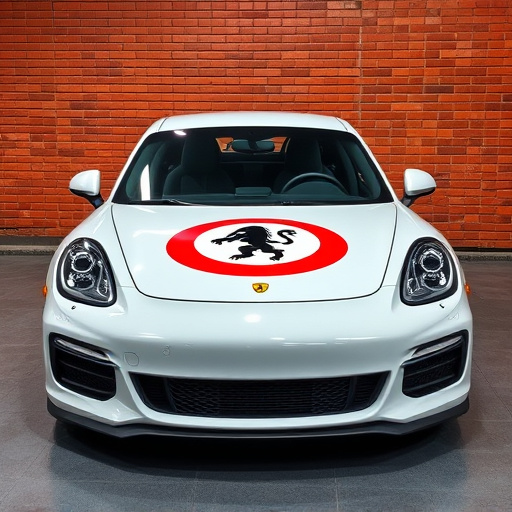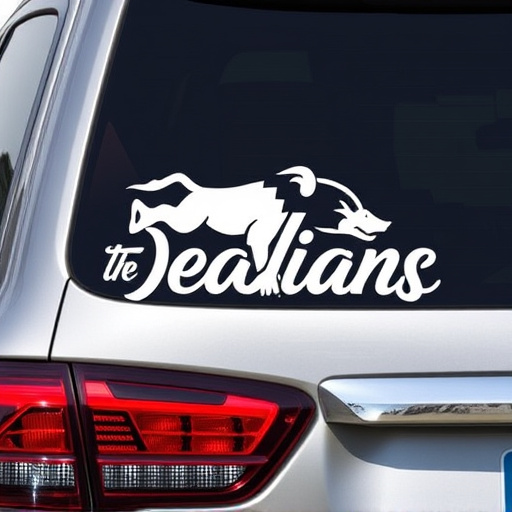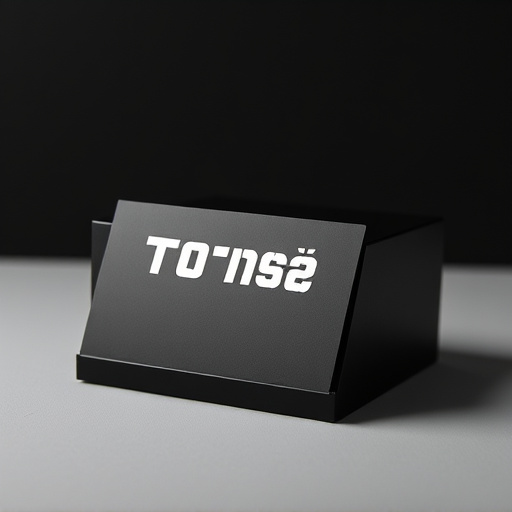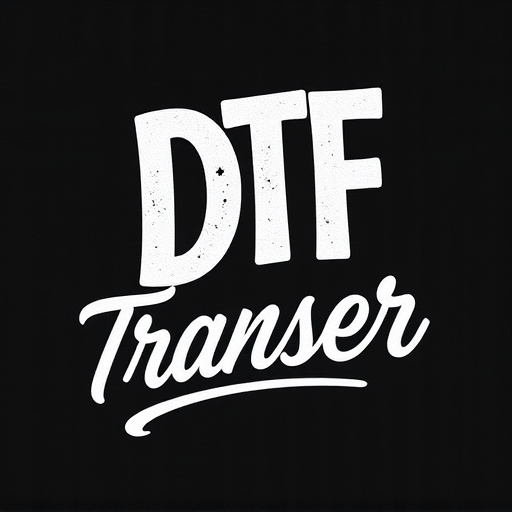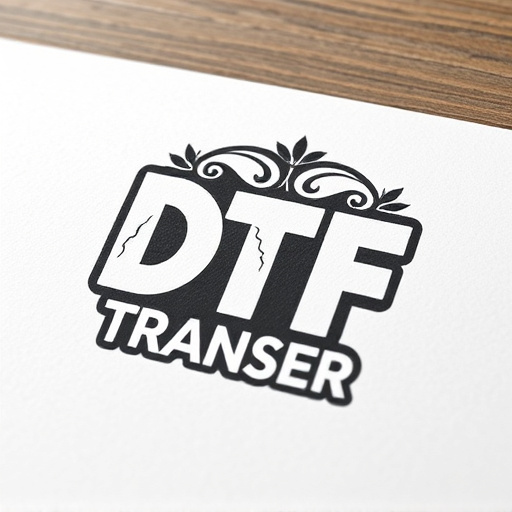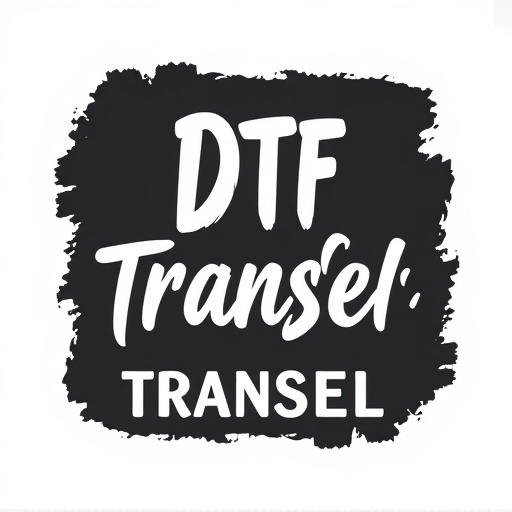Direct-to-film (DTF) transfers are revolutionizing outdoor media and advertising with their advanced technology, offering durable, high-resolution images that withstand harsh environmental conditions. UV-resistant DTF films incorporate specialized coatings to combat sunlight degradation, ensuring vibrant colors and extended lifespans for signs, billboards, and vehicle wraps. These transfers provide superior durability, resistance to water and contaminants, and reduced waste compared to traditional methods. Optimal application involves understanding environmental factors, proper surface preparation, alignment, and drying times. Future DTF advancements focus on improved performance, sustainability, and multi-layer protective coatings, promising a sustainable and visually impactful future for outdoor advertising.
“Discover the future of outdoor signage with ultraviolet (UV)-resistant direct-to-film (DTF) transfers—a game-changing technology revolutionizing durable, vibrant displays. This article explores the significance of UV resistance in exterior applications, delving into the science behind these advanced films. We’ll uncover the benefits of DTF transfers, from enhanced color longevity to easy installation. Furthermore, we’ll discuss practical considerations and glimpse into emerging trends shaping the future of outdoor DTF technology.”
- Understanding Direct-to-Film (DTF) Transfers
- The Need for Ultraviolet Resistance in Outdoor Applications
- Material Science Behind UV-Resistant Films
- Advantages of Using UV-Resistant DTF Transfers
- Application and Installation Considerations
- Future Trends and Innovations in UV-Resistant DTF Technology
Understanding Direct-to-Film (DTF) Transfers

Direct-to-Film (DTF) transfers are a cutting-edge technology revolutionizing outdoor media and advertising. Unlike traditional printing methods, DTF involves applying ink directly onto specific areas of a film or substrate, creating a durable, high-resolution image. This process offers several advantages for outdoor applications, such as billboards, posters, and window graphics. By using specialized UV-resistant inks, the transferred images can withstand harsh environmental conditions, including exposure to sunlight, extreme temperatures, and wind, ensuring the content remains vibrant and legible for extended periods.
DTF technology allows for a seamless integration of graphic designs with various surfaces, from vinyl banners to polycarbonate sheets. The precision of the DTF process ensures that only the desired areas are printed, leading to cost-effectiveness and minimal waste. Moreover, it enables the production of eye-catching, full-color visuals with excellent durability, making it an ideal choice for outdoor settings where the content needs to be visible and long-lasting.
The Need for Ultraviolet Resistance in Outdoor Applications
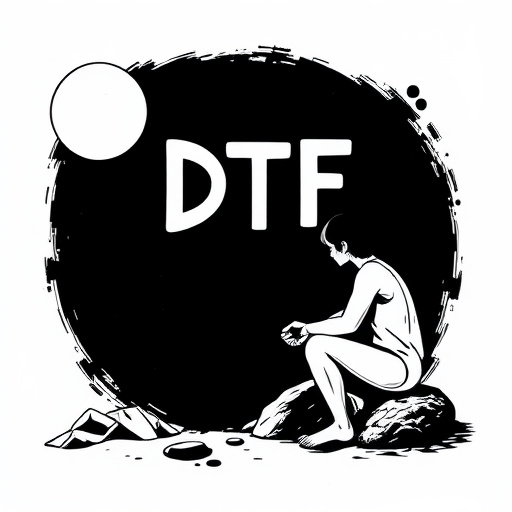
In outdoor applications, direct-to-film (DTF) transfers play a pivotal role in ensuring visual quality and durability. However, the harsh conditions present in exterior environments pose significant challenges. Ultraviolet (UV) radiation from the sun is particularly detrimental, leading to the rapid deterioration of conventional films. This issue is compounded by factors like heat exposure, moisture, and constant movement, which accelerate the aging process. Consequently, the need for ultraviolet-resistant DTF transfers is paramount to safeguard the integrity and vibrancy of graphics on signs, billboards, vehicle wraps, and other outdoor media.
Without adequate UV protection, color fading, loss of luster, and even physical film degradation can occur within a short period. These effects not only compromise the aesthetic appeal but also necessitate frequent replacement, increasing costs and waste. Ultraviolet-resistant DTF transfers mitigate these issues by incorporating specialized coatings and inks designed to absorb or reflect UV rays, significantly extending the lifespan of outdoor displays.
Material Science Behind UV-Resistant Films

Direct-to-film (DTF) transfers have seen a surge in popularity for outdoor applications due to their superior durability and vibrant colors. The material science behind UV-resistant films plays a pivotal role in this success. These advanced materials are designed with complex polymer formulations that offer exceptional protection against harmful ultraviolet (UV) rays from the sun.
The key to their resistance lies in the integration of specialized additives and stabilizers that absorb or scatter UV radiation, preventing it from degrading the film over time. This process not only maintains the visual integrity of the transferred image but also extends the lifespan of the material, making DTF films ideal for long-term outdoor use.
Advantages of Using UV-Resistant DTF Transfers
Using ultraviolet (UV)-resistant direct-to-film (DTF) transfers for outdoor applications offers several significant advantages over traditional methods. Firstly, UV resistance ensures that the transferred images maintain their vibrancy and clarity even when exposed to intense sunlight and other environmental factors. This is crucial for outdoor signage, banners, and graphics, which are expected to last for extended periods without fading or losing their visual appeal.
Additionally, DTF transfers with UV protection provide superior durability, making them resistant to water, dirt, and other external elements. This longevity not only reduces the need for frequent replacements but also minimizes waste, making it an eco-friendly choice. Moreover, the direct application method eliminates the risk of bubbles or misalignments commonly associated with traditional printing techniques, resulting in high-quality, visually stunning outdoor displays.
Application and Installation Considerations

When applying ultraviolet-resistant direct-to-film (DTF) transfers for outdoor use, several key considerations come into play to ensure optimal performance and longevity. The first step is understanding the specific requirements of your application, including exposure to sunlight, temperature fluctuations, and potential environmental contaminants. Choosing a suitable DTF material that meets these criteria is essential, as it will determine the overall durability and colorfastness of the final product.
During installation, careful preparation of the surface is vital. Proper cleaning, priming, and sealing ensure a strong bond between the transfer and the substrate, resisting peeling or blisting over time. It’s also crucial to consider factors like proper alignment during application to avoid air bubbles or misalignments that could compromise visual clarity. Additionally, allowing adequate drying time between coats enhances adhesion and ensures a professional finish.
Future Trends and Innovations in UV-Resistant DTF Technology
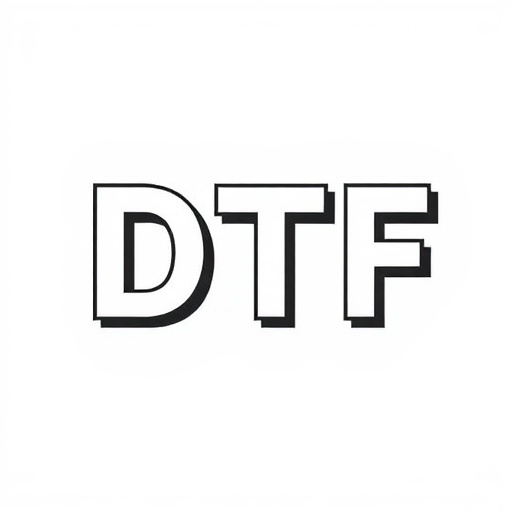
The future of ultraviolet (UV)-resistant direct-to-film (DTF) technology promises exciting innovations designed to enhance durability and performance for outdoor applications. Researchers and manufacturers are continuously exploring advanced materials and coating techniques to extend the lifespan of DTF prints, ensuring they withstand harsh environmental conditions, including prolonged UV exposure from sunlight. One notable trend is the development of multi-layer protective coatings that offer increased resistance to fading, yellowing, and cracking, thereby preserving the vibrancy and integrity of the printed images for extended periods.
Additionally, there is a growing emphasis on incorporating eco-friendly components into UV-resistant DTF technologies. This shift towards sustainability involves using biodegradable materials and reducing the environmental impact of production processes. As technology advances, these innovations will contribute to the overall ecological footprint of outdoor signage, advertising, and decorative applications, aligning with global efforts to promote sustainability in various industries.

